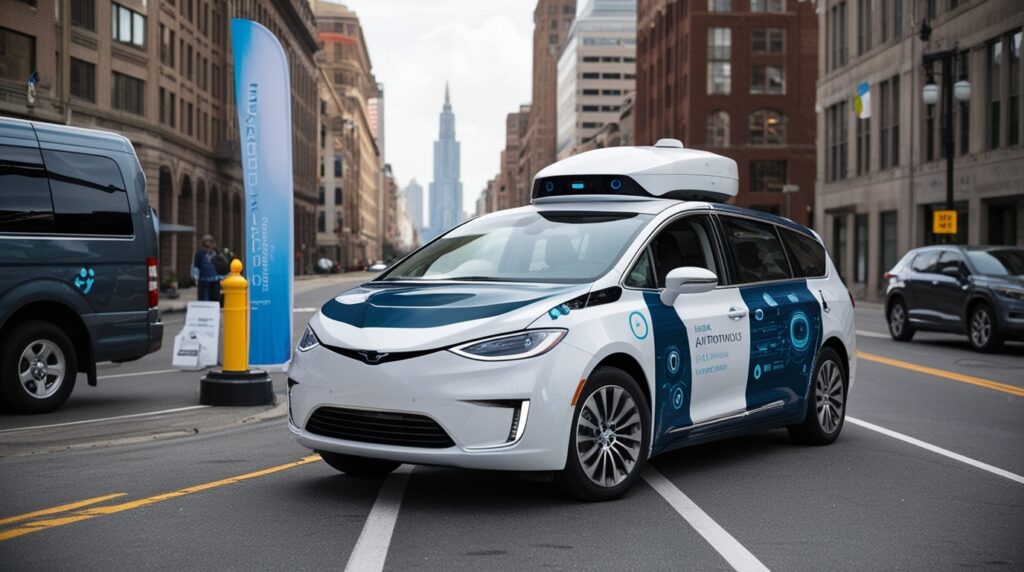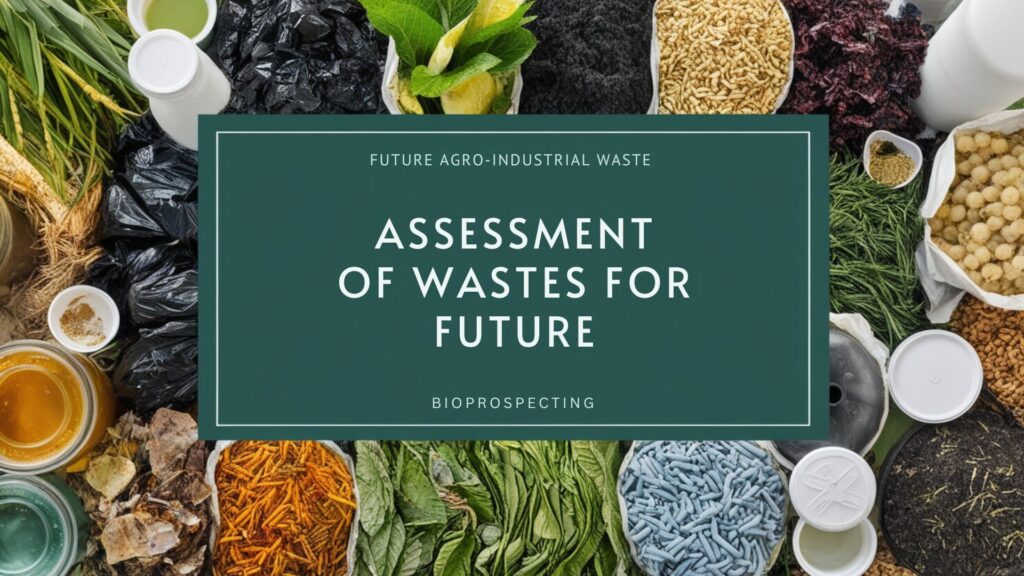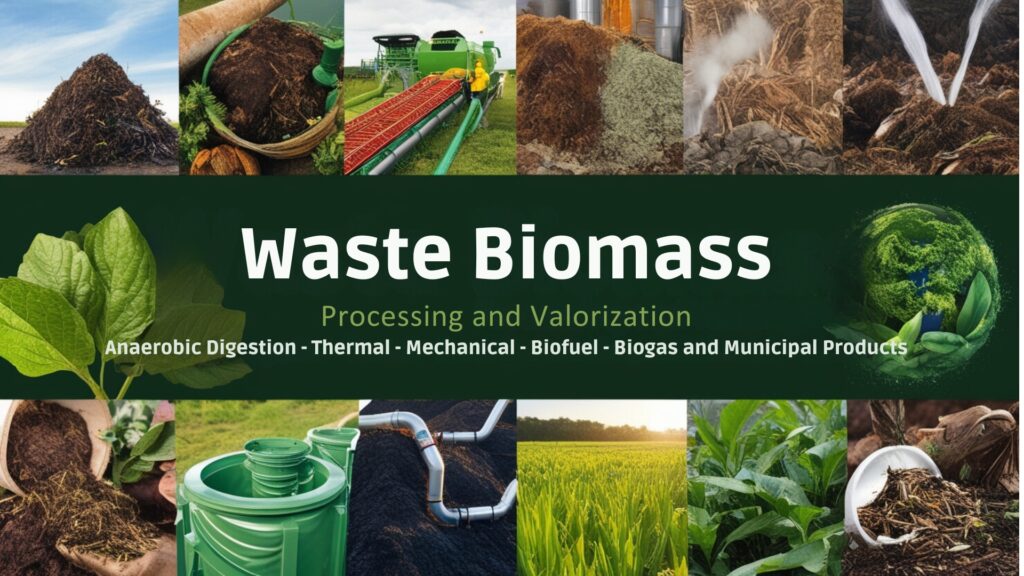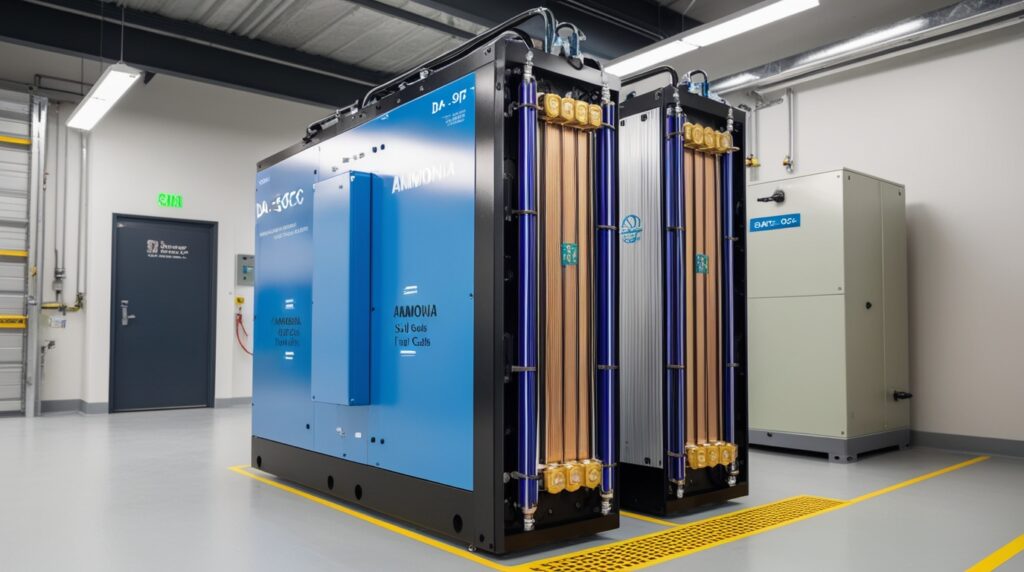Where Will Self-Driving Vehicles Take Us? Scenarios For The Development of Automated Vehicles
Introduction Where Will Self-Driving Vehicles Take Us? The evolution of self-driving vehicles, or automated vehicles (AVs), represents a transformative shift in transportation technology, poised to reshape urban mobility and societal dynamics. These vehicles, equipped with advanced sensors and artificial intelligence, promise significant advancements in safety, efficiency, and environmental sustainability. The development of AVs has gained notable traction in recent years, spurred by innovations from both traditional automotive manufacturers and tech companies, leading to an increasingly competitive landscape. Self-driving technology has emerged from decades of conceptual intrigue, evolving through a continuum of automation defined by the Society of Automotive Engineers (SAE), ranging from no automation to full autonomy (Level 5). While the benefits […]




